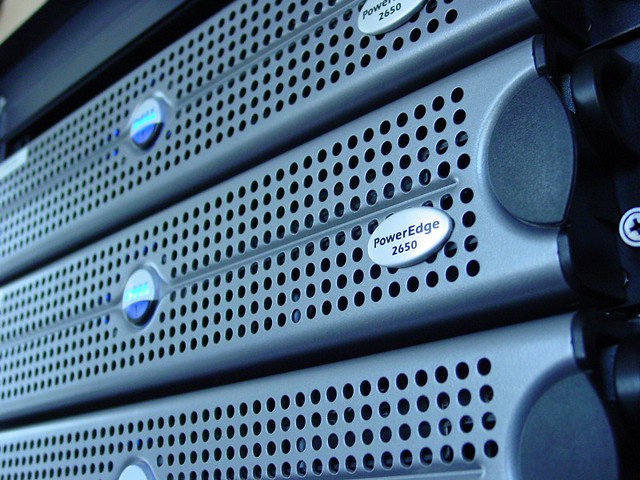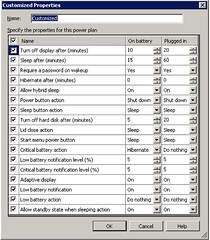
Continuing my series of chats with companies in the data center energy management space, I spoke recently to Philip Petersen, CEO of UK-based ad infinitum.
Their product, called InSite, like that of most of the others in this space I have spoken to, is a server based product, front-ended by a browser.
InSite pulls the data directly from devices (like power strips, distribution board meters, temperature and humidity sensors) and stores them in a PostgreSQL database. Having an SQL database makes it that much easier to integrate with other systems for pulling in data, and also for sharing information. This is handy when InSite is connected to a Building Management System (BMS), it allows organisations to see what proportion of a building’s power is going to the keep the Data Center running, for example. And because InSite can poll servers directly, it can be used to calculate the cost of running server-based applications (such as Exchange, Notes, SQL Server, SAP, etc.).
I asked Philip about automation and he said that while InSite has an inbuilt Automation Engine, it hasn’t been deployed because “no client that we have spoken to has wanted to do that yet”. Demand for automation will come, he said but right now companies are looking for more basic stuff – they often just want to see what’s actually going on, so that they can decide on the best way to respond.
InSIte’s target customers are your typical medium too large organisations (ones likely to have significant IT infrastructures) as well as co-lo operators. Unlike some of the other companies in this space though, Ad infinitum were able to share some significant customer wins – Tiscali’s UK Business Services, Equinix and Cisco’s UK Engineering labs.
In fact, Cisco have published a Case Study on the Cisco.com website referencing this solution [PDF] and how Cisco were able to achieve a 30% reduction in IT equipment power consumption and a 50% drop in their cooling costs!
It’s hard to argue with a significant customer win like that!
You should follow me on Twitter here
Photo credit JohnSeb



